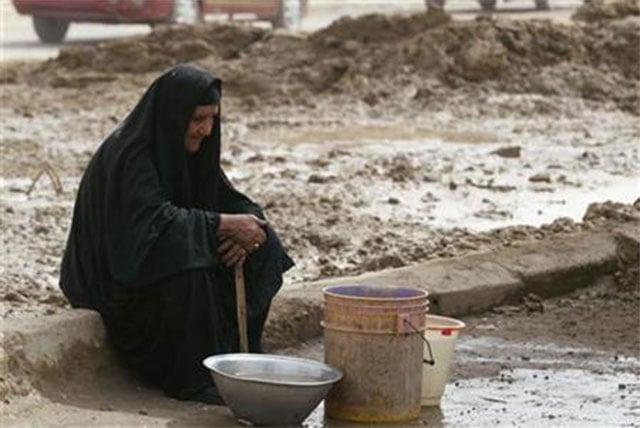2022 will not soon be erased from the collective trauma accrued by Pakistanis as the nation reels from climate tragedy. The floods created 8 million refugees, affected over 30 million people, and incurred damage to infrastructure and agriculture worth USD 14.9 billion. 80% of harvest-ready crops in Sindh were washed away, constructing a crisis where as of last week, 14.6 million people are in desperate need of emergency food. If this status quo strikes terror in your hearts, please brace yourselves for what we are about to say: the floods will come again.
The Indus Flood Plain is both a blessing and a curse for Pakistan. Most of Punjab, Sindh and areas of Balochistan are sunken in – with elevations below 180 meters, and extensive river deltas – creating a large crater on the Earth’s surface where water can pool and stagnate. This is a blessing when our farmers need the water for crops like rice, but a curse when it increases the risk for floods. One could argue that while the Indus Flood Plain explains floods, severe flooding is not linked to climate change. After all, the plain’s geography is unchanged over the past few decades. The ‘monster flood’ was merely an anomaly, caused by divine rage at women wearing jeans!
Map of the Indus Flood Plain shown through geographic elevation of Pakistan
Source: Gillieson et al. 2011
However, Pakistan is home to 7200 glaciers, many of which are fast melting to water as temperatures rise. When monsoon rains meet glacial melt, we witness the torrential floods that drowned our country. Not only this, but rising temperatures are also linked to volatile rainfall in subsequent months. Global satellite monitoring data shows how the heatwave in Sindh and Punjab in May 2022 – with temperatures reaching 51 degrees in Jacobabad – attracted heavy moisture-laden clouds that were responsible for 190% more rainfall in July and August, as compared to previous years. With temperatures continuing to rise, we can only conclude that the coming of another monster flood is set in stone.
Mitigation is not simply preventing the loss of life during tragedy, but also ensuring that life after tragedy is worth living. When the tragedy in question is a monster flood affecting 10% of the world’s 5th most populous country, mitigation becomes an emergency. Will the children forced out of school be able to resume their education? Will the women housed in make-shift refugee camps be subject to sexual violence? Will those who menstruate be able to access sanitary products? Will displaced families be forced to sell income-generating assets to access food? Rehabilitation must grapple with these questions.
Based on the above needs, efforts to mitigate the damage done by the floods are underway, but on-ground rehabilitation units are facing a severe lack of funds. The first three months of UNOCHR’s Pakistan Floods Response Plan required $816 million to meet their targets; they only received $262 million, less than a third of the on-ground need. A bulk of the effort made in the Flood Response Plan is concentrated in constructing housing for the displaced, and providing emergency food aid to 2.9 million people (as of December 2022). Civil society collectives and private efforts like Mahwari Justice have provided sanitary pads to thousands of affected women in Balochistan, despite funding constraints.
It is of utmost concern that most of the efforts so far simply provide short-term relief, not long-term resilience. If we have established that the monster floods are likely to return, what can Pakistan do to make sure that vulnerable communities are not right back where they started, displaced again and forced to spread their hands for emergency food? This question is left unanswered by Pakistan’s current response. Rescue and humanitarian work commands respect. Critique of humanitarian work does not devalue the work done, but allows it to adjust and meet the needs of the community. An example of social work meeting long-term community needs is the Heritage Foundation of Pakistan’s project in flood-wrecked Sindh. Rooted in Yasmeen Lari’s Barefoot Social Architecture system, their work has constructed a cluster of eco-villages in interior Sindh, that are entirely zero-waste, zero carbon, and flood-resilient. Directing funds toward innovative projects like these could be the key to Pakistan’s redemption.
Those in charge are either blind to the threat of resurgence, or overly optimistic about avoiding it. The test of time will tell if these hopes materialize, but the least we can do is prepare.




Leave a Reply